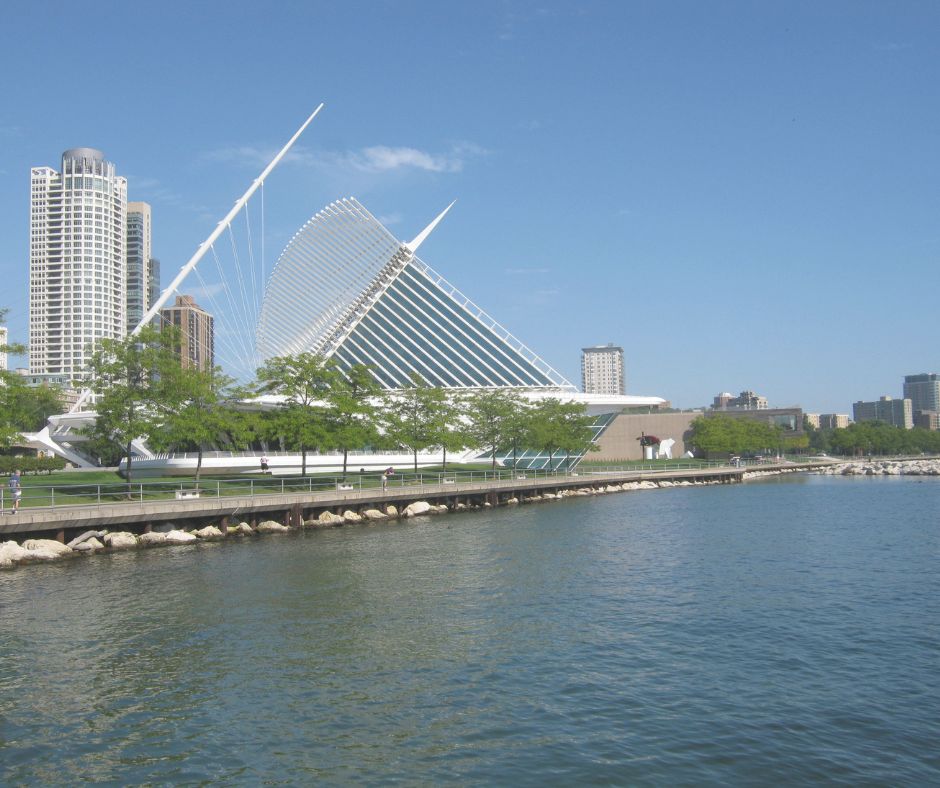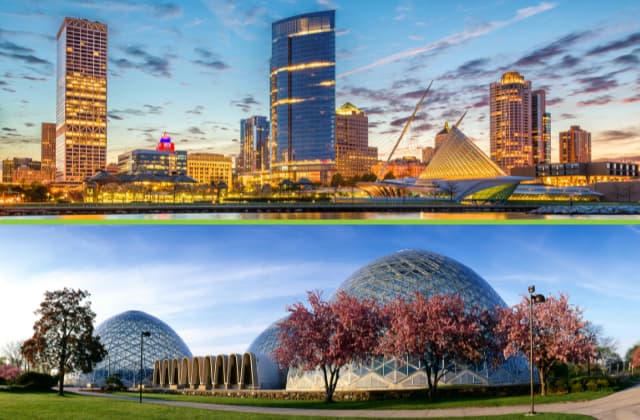
Land Acknowledgement

ECE acknowledges that at our location in Milwaukee we are on land first inhabited by the Mound Building civilizations.
After them the Menominee, Ho-Chunk, Fox, Mascouten, Sauk, Potawatomi, Ojibwe and Odawa peoples have all called this land home. They were later joined by the Oneida, Stockbridge-Munsee, and Brothertown people who were displaced from their traditional homelands in the eastern United States. These and other First Nations peoples remain present in Milwaukee and are a vital part of our city’s future.
What is Land Acknowledgement?
Traditionally, Indigenous Nations would offer an acknowledgement before a gathering. A Land Acknowledgement statement is becoming more common in countries such as Canada, Australia, and New Zealand. U.S. institutions of higher education are also making statements. It is a statement made at the opening of an event, meeting, or gathering to acknowledge the original inhabitants of the specific land where the event is taking place.
Why make a Land Acknowledgement statement?
For the countries mentioned above they were colonized by outsiders. The prevalent culture is European in origin. While many place names have been retained in one form or another, the Indigenous people themselves are often erased from the collective memory of those who currently inhabit these spaces.
A Land Acknowledgement statement is the first step in recognizing that we are on colonized land. This process is ongoing and is not made as a mere lesson in history. Instead, it is meant to educate people about the living spaces they currently inhabit as well as start a conversation about the displacement and erasure of colonized peoples. Our city, state, and country were not a wilderness discovered by explorers and molded into what we see today. Instead, it was already home to cultures and peoples who remain with us today.